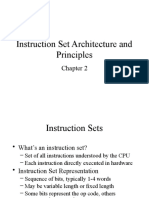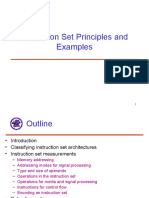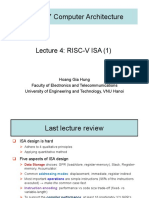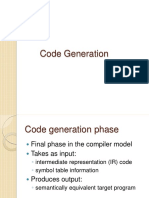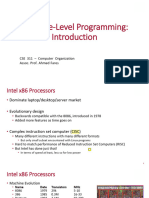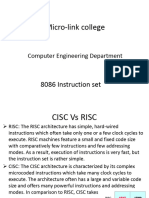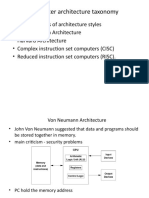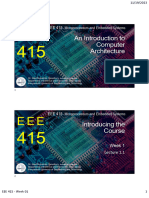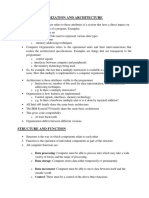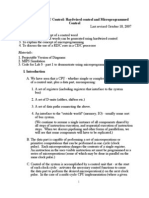0% found this document useful (0 votes)
27 views36 pagesLecture2-Appendix A Instruction Set Principles
Uploaded by
tgccx1Copyright
© © All Rights Reserved
We take content rights seriously. If you suspect this is your content, claim it here.
Available Formats
Download as PDF, TXT or read online on Scribd
0% found this document useful (0 votes)
27 views36 pagesLecture2-Appendix A Instruction Set Principles
Uploaded by
tgccx1Copyright
© © All Rights Reserved
We take content rights seriously. If you suspect this is your content, claim it here.
Available Formats
Download as PDF, TXT or read online on Scribd
/ 36
